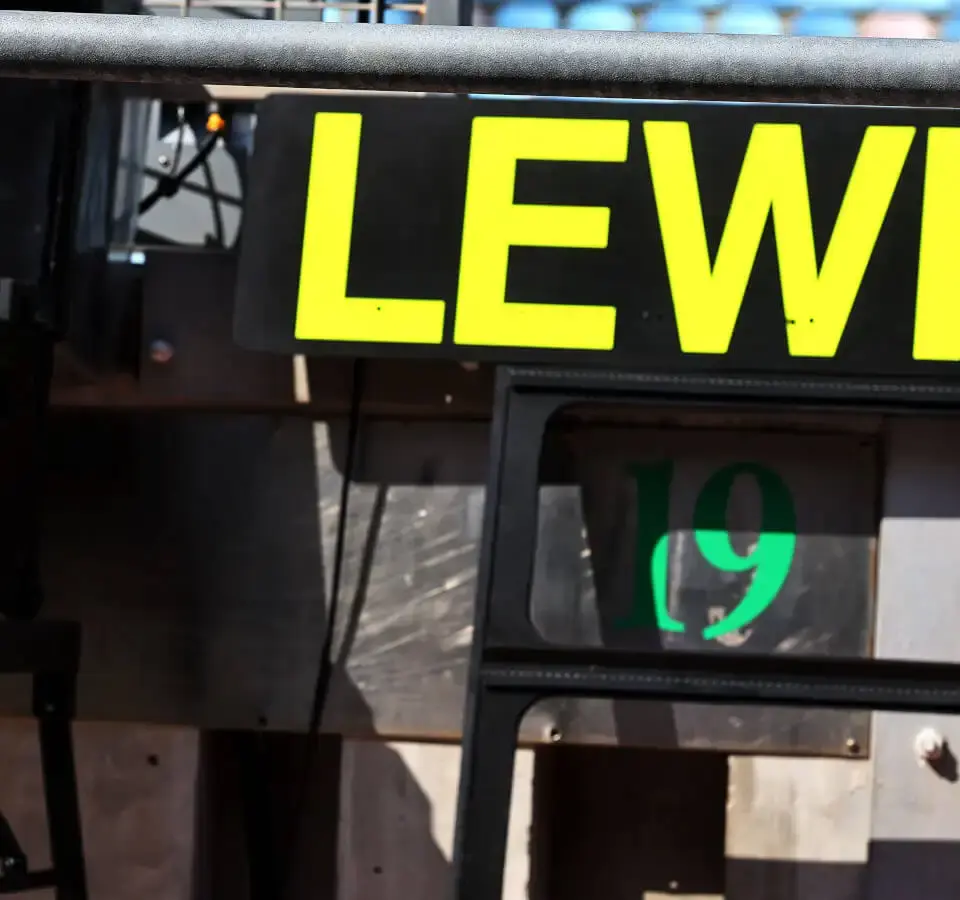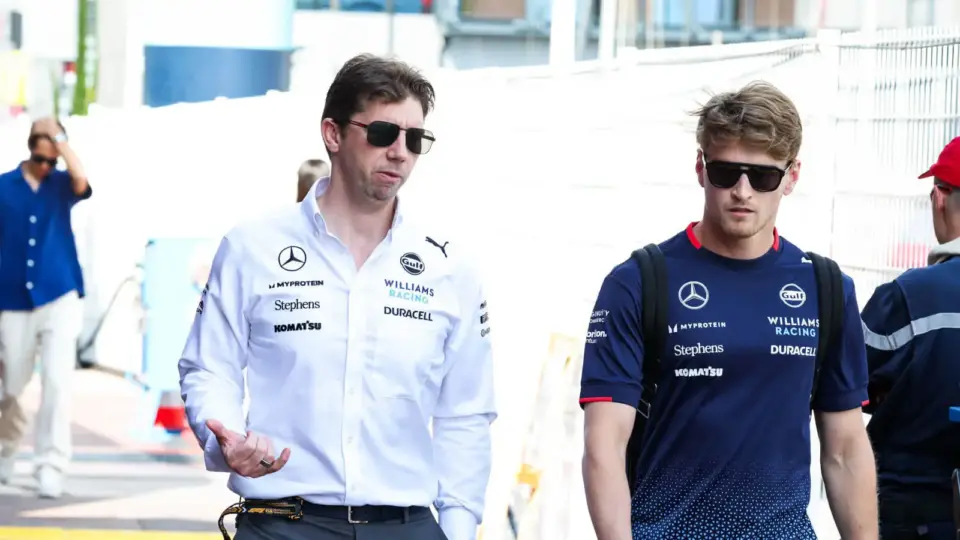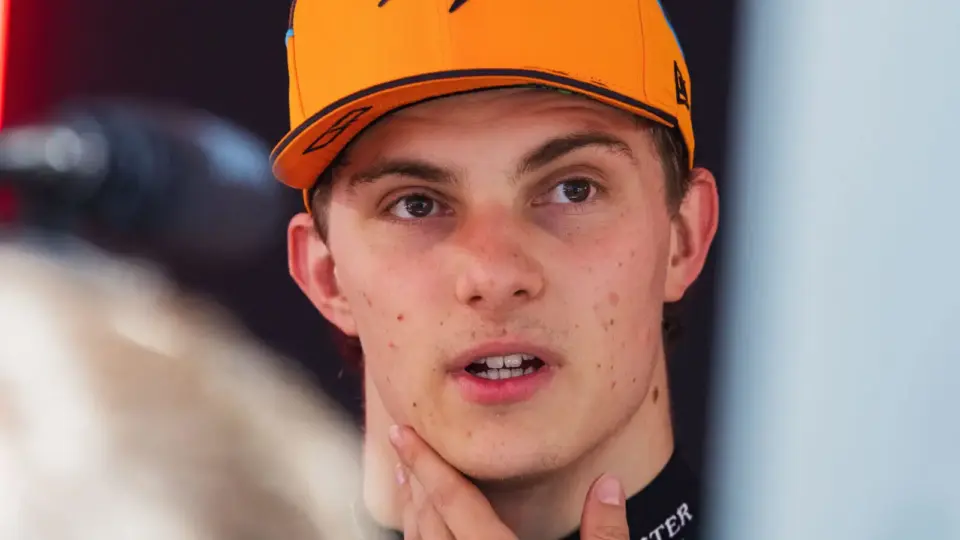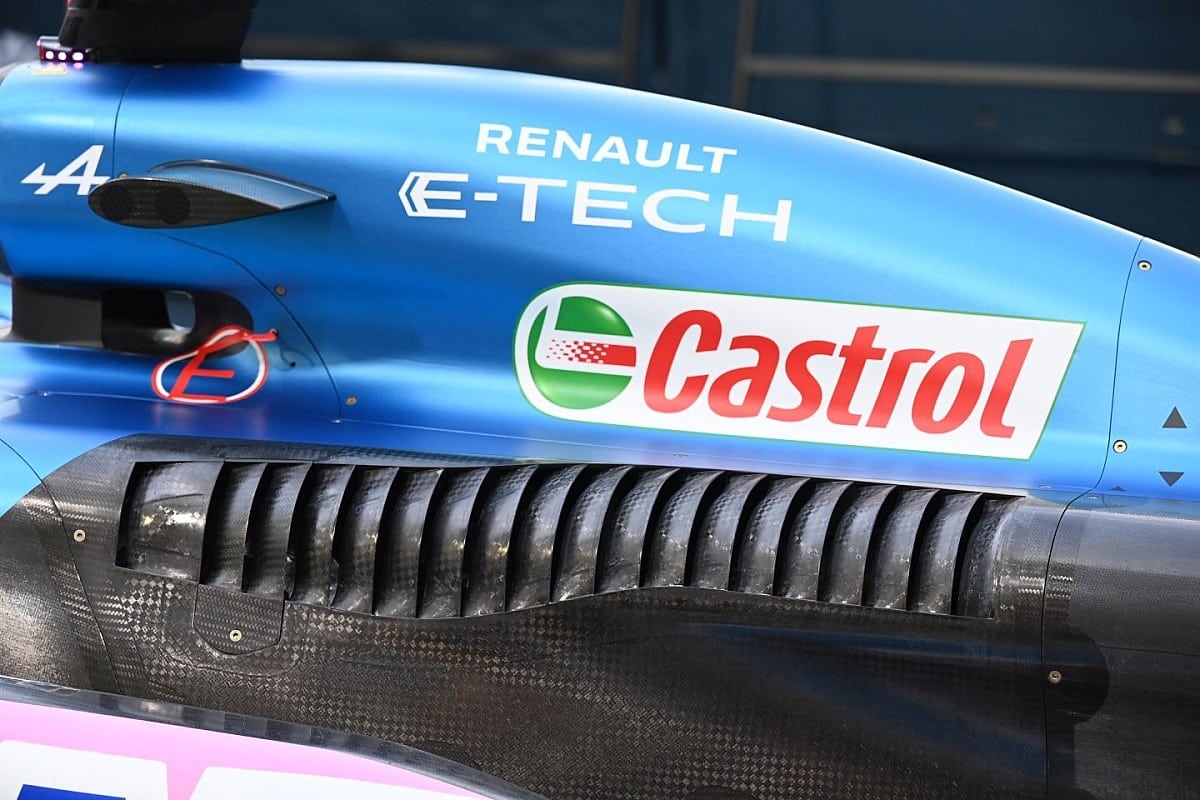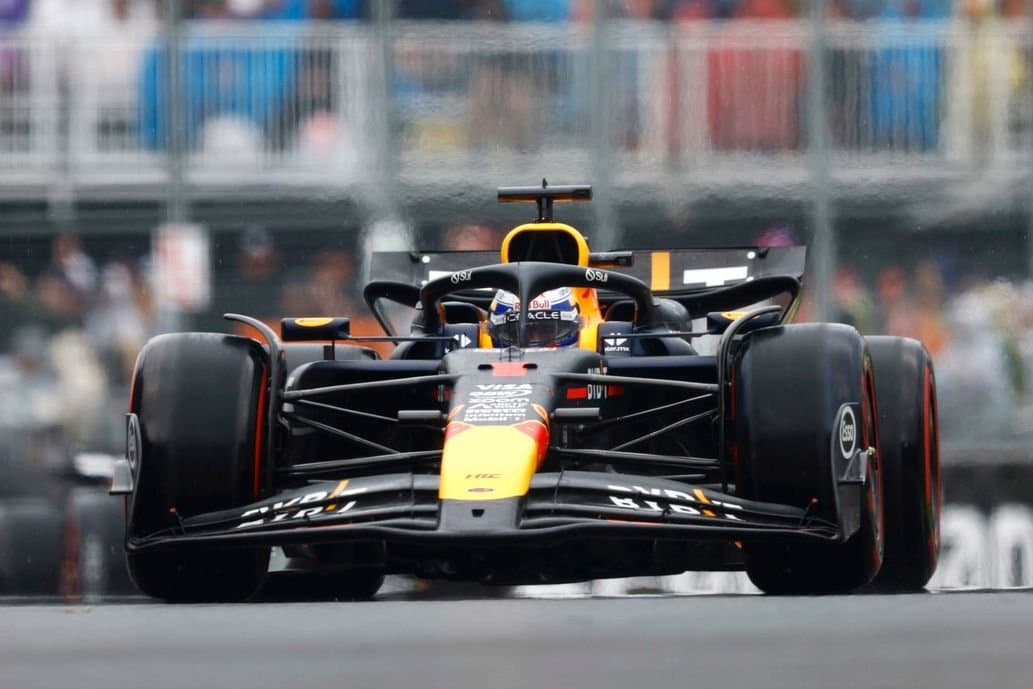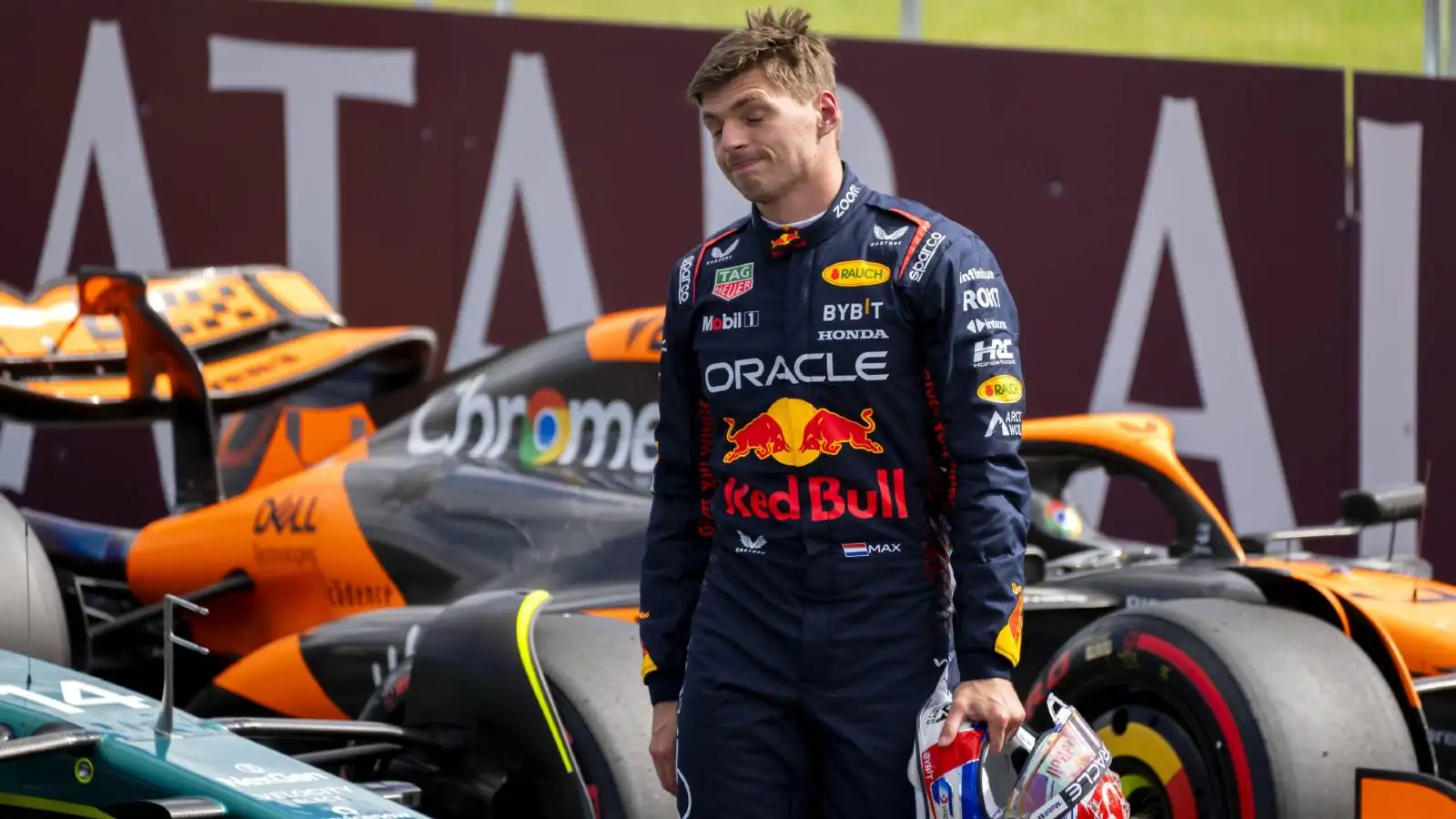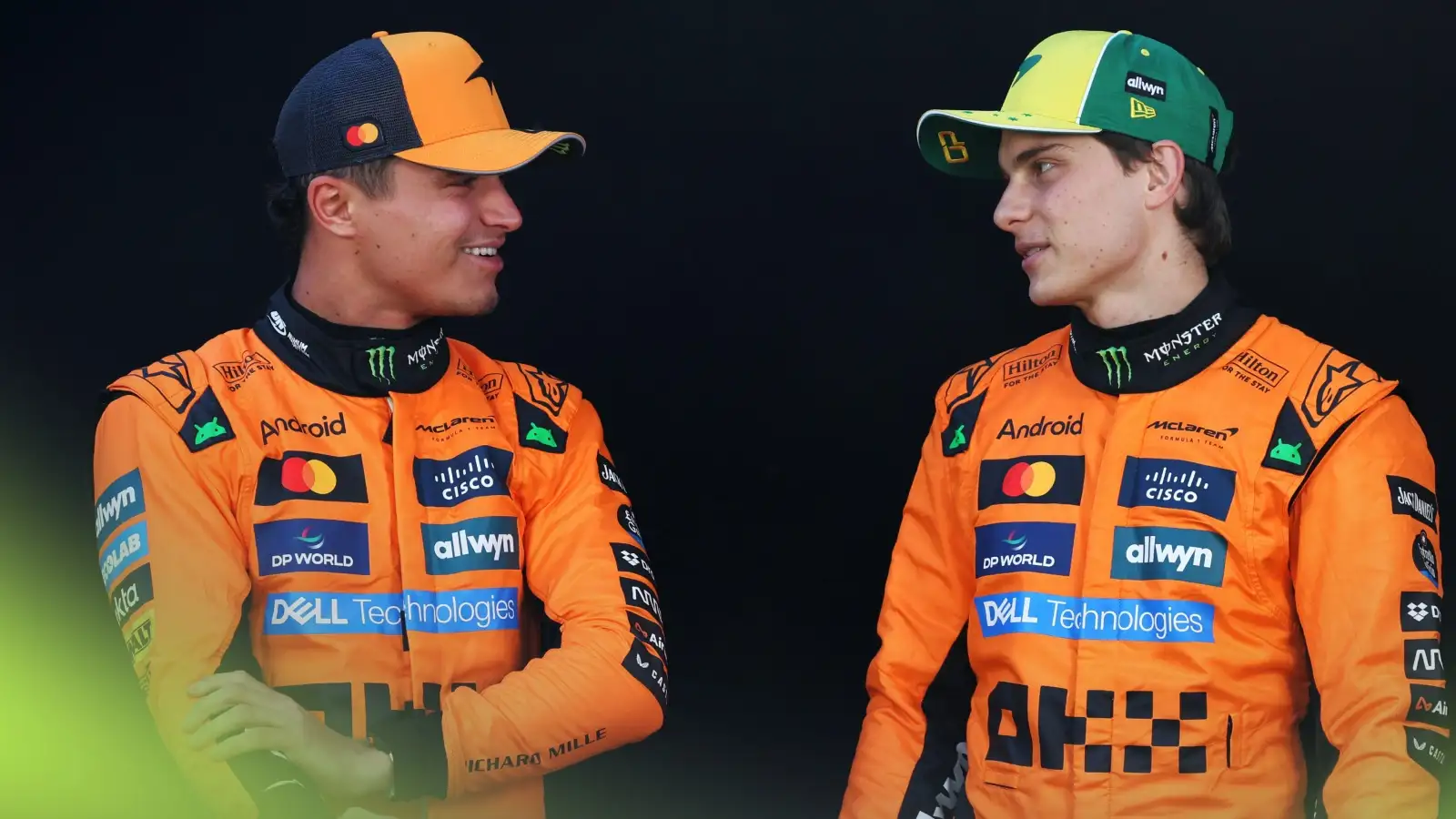Lewis Hamilton’s surprise decision to join Ferrari has sent ripples through the racing world, marking one of the most significant shifts in the sport’s recent history.
Hamilton, a seasoned champion with six World titles, made waves in February when he exercised an exit clause in his Mercedes contract, effectively truncating his tenure one year into a two-year agreement. His switch to Ferrari, confirmed by a succinct press release, is set to commence in 2025. Hamilton expressed mixed emotions about leaving Mercedes, a team he has been with for 12 years, declaring it “one of the hardest decisions” but also expressing excitement for the “new challenge.”
The motorsport community, including pundits and fans, erupted with speculation about Hamilton’s motivations. Helmut Marko, a notable figure in the racing sector, commented on Hamilton’s “fascination with Ferrari,” a move he described as the best thing for Formula 1 at the moment. Marko suggested that Hamilton might have “lost faith in Mercedes,” a sentiment seemingly validated by early-season successes, where Hamilton’s performances with Ferrari put him just behind Red Bull in the Constructors’ Championship after notable wins, such as the Monaco Grand Prix.
However, things took a downturn post-Monaco as Mercedes unveiled their strategic ‘flexi wing,’ leading to a six-race podium streak, including three wins. This development highlighted the technological race between the two giants and prompted questions about Hamilton’s decision to change teams. Marko himself expressed uncertainty, stating, “I can’t say” whether Hamilton regrets the switch, labeling the unfolding events as “exciting.”
Compounding Ferrari’s challenges, the team has lost Enrico Cardile, a key figure in their chassis department, to Aston Martin. This departure has made it harder for Ferrari to keep pace with their rivals. While Adrian Newey, another leading designer, was seen as a potential recruit, he’s reportedly considering options, including a role in England. This uncertainty adds another layer of complexity to Ferrari’s race to stay competitive.
George Russell, Hamilton’s former teammate, weighed in on the situation, noting that Hamilton’s move seemed less likely given Mercedes’ current performance and optimistic outlook for future seasons. Russell’s comments underline the dynamic nature of Formula 1, where team performances and strategies can shift rapidly.
As the racing community watches these developments unfold, the spotlight remains on Hamilton’s bold move and Ferrari’s efforts to adapt and compete at the highest levels.
The motorsport world watches with anticipation as Lewis Hamilton’s transition to Ferrari develops, bringing both excitement and uncertainty to the grid. While challenges remain, especially with recent staffing changes, the potential for thrilling races is undeniable.
